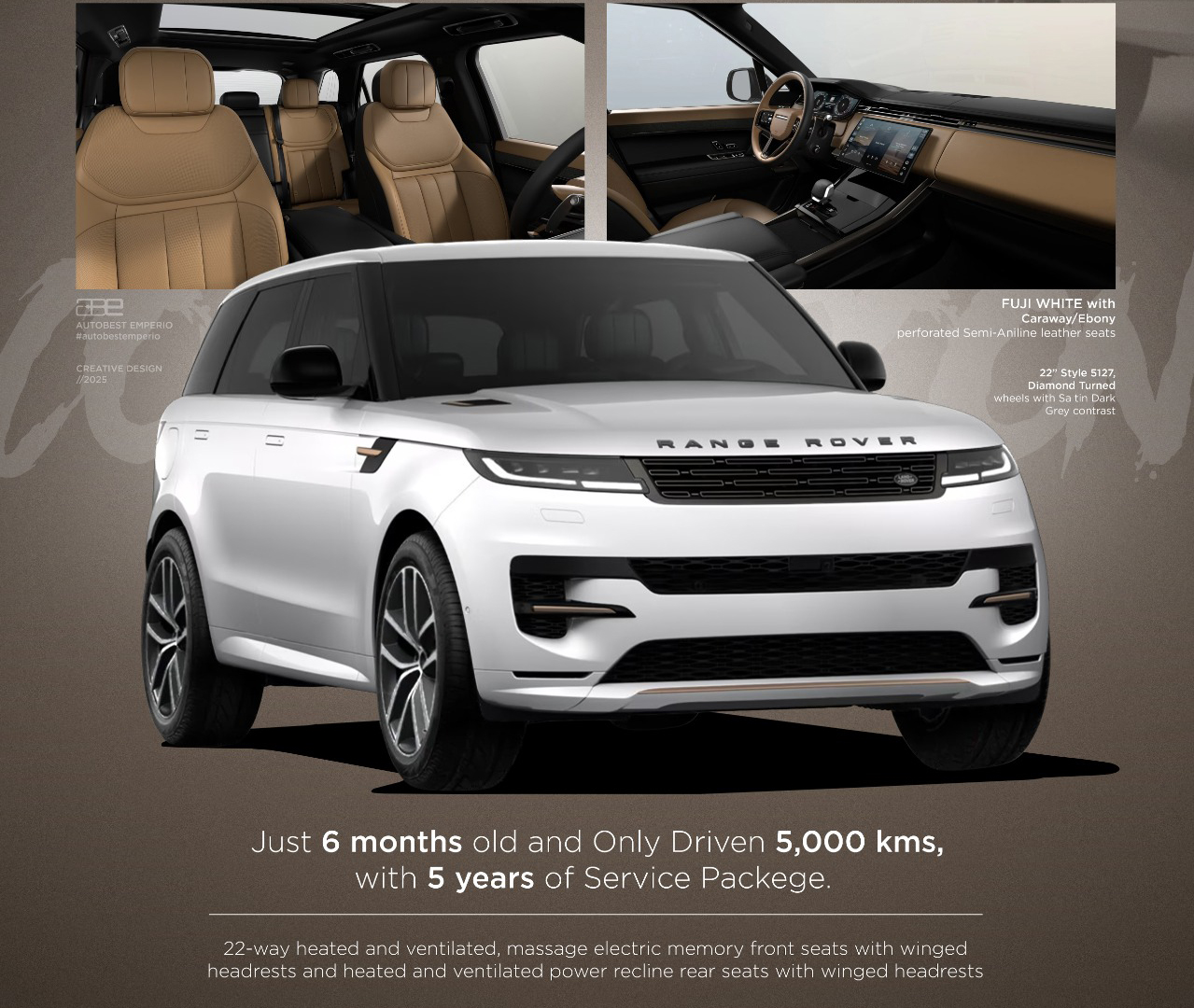Tips to Drive Safely Through Waterlogged Roads

The rainy season has begun and with it the risk of flooding, particularly in Indian towns where the structure can hardly withstand the relentless downpour. The rainstorms aren't as welcoming as we'd like them to be, right tyre for waterlogged roads, potholes, and low visibility don't make for a lovely scene either. So, in a case like this do you wonder how to drive through flood water? Given that hardly everyone drives a large Vehicle capable of peacefully navigating a flooded road, you must exercise extreme caution when driving on such a road to prevent your car from stalling and becoming stranded in the midst of the pavement.
Here are some essential tips for driving through floods-
-
Avoid areas with standing water
In general, try to prevent driving through waterlogged road. The majority of automobiles are not designed to be carried in deep waters, even if some car companies claim that they have the best vehicles for driving through water. To avoid flooded roads and identify other ways, use Google Street view, talk to other drivers, listen to the news or social networks for traffic reports, and drive attentively. Before trying to tread across the water, pay attention to other drivers/walkers on the road to determine how deep it is.
-
Continue moving
There are certain things to keep in mind while riding on waterlogged roads, water and one of the most important is that If a condition including floods does occur, try your utmost to keep going and keep from stopping. Avoid braking too abruptly or accelerating quickly; instead, maintain a constant motion. If the vehicle pauses in stagnant streams, water may seep into crucial components like the inlet and emissions. Use low gear and keep the motor revving higher when driving through puddles. The engine is put under more stress when slogging through water, and shifting into third gear rather than first putting the automobile at risk of stalling.
-
If the engine has stalled in water, do not restart it
Don't attempt to start the car right away if it has stuck in a wet place. There are many causes, beginning with the water's increased strain on the joints of the engine, which may cause them to shatter. Additionally, if rainwater has reached the motor via the intake or emissions, it might seriously harm the engine and cost you a lot of money to repair. To prevent further damage, turn off the car as soon as you believe water has reached the engine. Once the automobile is in a non-flooded area, push it there and request assistance from emergency personnel.
-
If you end up trapped inside, don't freak out
The power that remaining water applies to a car's doors while it's submerged is far more than you would imagine. The doors might not open as a result of this. The very first step to do in this situation is to remain cool and avoid panicking. Push the doors with both legs to try and open them. If all else fails, smash one of the windows using a big, sharp object—anything from a wheel iron to the seat backs would do. However, avoid attempting to smash the windscreen because it is typically much harder to shatter than the side windows. Keep in mind that it is usually preferable to abandon a wet car and walk to dry land than to try it in a drowned vehicle.
-
If the water level is higher than the exhaust, avoid
When you travel on the flooded road, determine the water depth. It is advised to prevent driving if the level of water is creeping past your door sills. Due to the fact that your exhaust will be immersed in water, there is a risk that it could enter your engine and seriously harm several internal parts. Additionally, some insurance providers might not accept your claim for driving on flooded roads, leaving you on the hook for the incredibly costly losses.
-
Pump the brakes once the water is clear
Pumping the brakes will assist in removing any remaining water once you have effectively removed it from a body of water. Normal brake operation is impeded by water in the brakes. Since most models sold in India have rear drum brakes and this problem is more common on vehicles with drum brakes, following this tip is advised.
Now that you know how to drive safely through water, keep these suggestions in mind and make the most of the monsoon season!!
FAQs
-
How do you drive on waterlogged roads?
While driving on waterlogged roads, you have to be more careful. The foremost step is to simply avoid areas flooded with water and if by any chance you have entered waters, keep on moving and be careful of brakes & engine and don't panic. But it's also advisable to not tread through water if water levels are way too high, in that case, try to get away from your submerged car.
-
Can we drive a car through the water?
You can drive a car through water, but you have to pay attention to engine and water levels. Driving a car through water puts additional pressure on the engine and you should avoid it at all costs.
-
What is the best way to drive through deep water?
The best way to drive through deep water is to employ a lower gear (first, second, or third, based on the pace) and maintain the engine revving higher when navigating the water. Because when wading through water, the engine is put under more stress, and shifting into third instead of first could cause the car to stop.

 By Admin
By Admin









